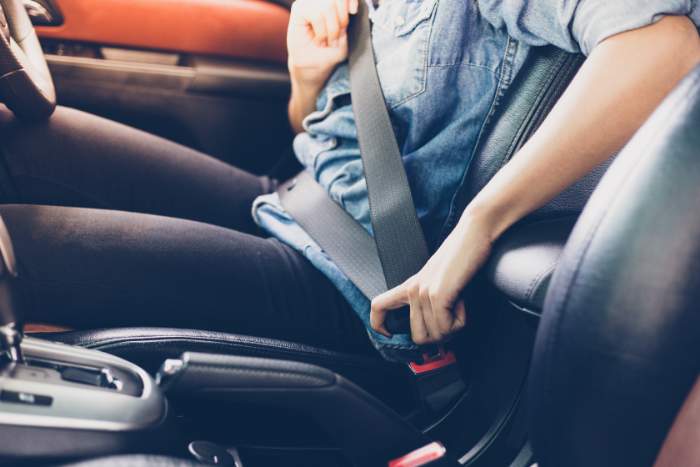
Shoalhaven Council works with Transport for NSW (TfNSW) to improve road safety in our community. Being part of the Local Government Road Safety Program (LGRSP) allows us to employ a full time Road Safety Officer to help identify road safety issues, collaborate with stakeholders and engage the community to address safety issues and behaviours on our roads.
For questions about road safety, and to obtain resources for your school community, please contact us on 1300 293 111or email council@shoalhaven.nsw.gov.au
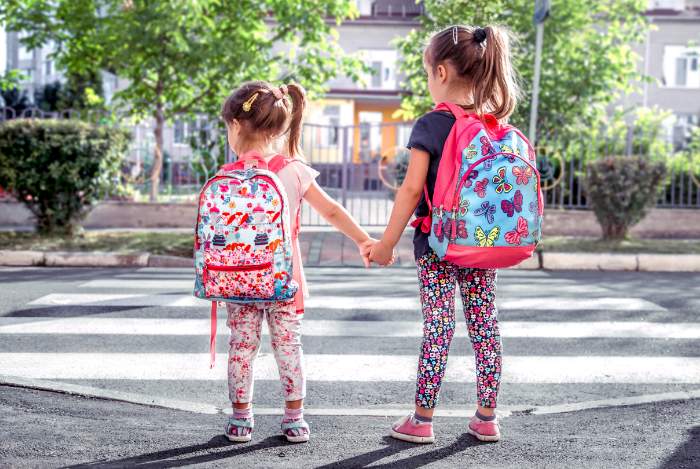
There are 38 schools in the Shoalhaven Local Government Area (LGA).
When travelling through school zones during these times, a driver must be travelling at a speed of 40km/h or less. School zones will be marked with signs that indicate the start and the end of the zone. Every School zone within NSW has at least one school zone flashing light sign.
There are a range of signs around schools that identify areas where you can and can’t park or stop your car, to safely pick up and drop off your children.
Council Ranger's patrol school parking zones to help keep children safe.
Understand the signs:
No parking (Kiss and Drop)
The zone operates under the same conditions as a no parking zone. You may stop to drop off or pick up children for a maximum of 2 minutes but you are required to remain in, or within 3 metres of, your vehicle. Kiss and drop zones around schools can be identified by the little blue plate attached to the no parking signs.
Fines from $227 + 2 demerit points if caught disobeying signs within school zones.
No stopping
This sign means that a driver must not park in an area where the arrows point. If times of operation are displayed on the sign, the restriction applies only at those times.
In some areas, an unbroken yellow kerb line has the same effect as a no stopping sign.
Disobeying signs within school zones can attract fines from $410 and two demerit points.
Bus Zones and Bus Stops
Only buses may use these zones. The signs will have arrow to indicate the area which is allocated. The restriction only applies during the times displayed on the sign. If no times are displayed, the area is always restricted.
Drivers must ensure their vehicle is parked 20 metres or more in front of a bus stop and 10 metres or more behind a bus stop.
Always slow down to 40km/h around bus stops and be conscious of children departing the bus, as they may not be in view.
Fines from $410 + 2 demerit points if caught disobeying signs within school zones.
Pedestrian crossings
- Pedestrian crossings (zebra crossings)
Crossings are marked by white stripes on the road. Some crossings have zig-zag lines on the road before the crossing and this indicates you are approaching a crossing. Slow down when approaching a crossing and do not stop or park on a crossing.
You must stop before the crossing if pedestrians are about to cross or are already using the crossing. Do not proceed through a crossing until all pedestrians have crossed safely.
- Raised pedestrian crossings (wombat crossings)
You’ll find raised pedestrian crossings (wombat crossings) where there are high levels of pedestrian activity. Raised crossings increase visibility for approaching drivers and slow down traffic.
Children’s crossings are usually part-time crossings used before and after school. They may operate at other times that local councils approve. Aside from these times, the area isn't a pedestrian crossing. When in use, red flags display the words CHILDREN CROSSING. You must slow down and stop before the line when a pedestrian is on the crossing or waiting to cross. You must remain stopped until all pedestrians leave the crossing.
Zebra crossings are sometimes used as children’s crossings. You’ll see red flags when they're in use and the above rules apply. Otherwise, they operate as a normal zebra crossing.
Fines from $682 + 4 demerit points if caught disobeying rules around crossings.
Other safety tips when driving and parking around schools:
- Obey parking signs and park legally around schools
- Adhere to the 40km/h speed limit in school zones
- Look out for buses pulling out
- Always give way to pedestrians
- It is safest for children to get out of the car on the kerb side of the road, away from passing traffic
Safety tips for walking to and from school:
- Always hold your children’s hand up until the age of eight years old
- Plan your trip to and from school
- Always use a pedestrian crossing where possible
- Always look in both directions before crossing the road to ensure it is safe to cross
- Always drop children off near the school gates
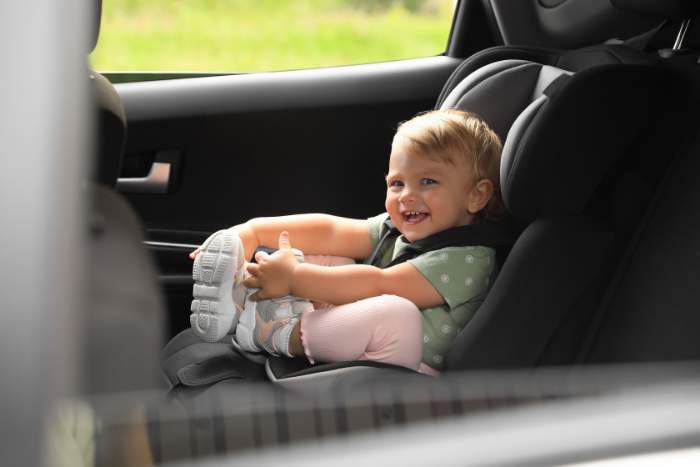
Transport for New South Wales and Council offers free child restraint checking days across the Shoalhaven throughout the year.
Did you know that two in three car seats are not used properly?
Over the past five years, seat belts and child restraints were incorrectly used in around five per cent of crashes in the Shoalhaven LGA.
If you are unsure about your child car seat or have questions about the child restraint checking days, please contact council and ask to speak to our Road Safety Officer.
For more information, visit Child car seats | Transport for NSW.
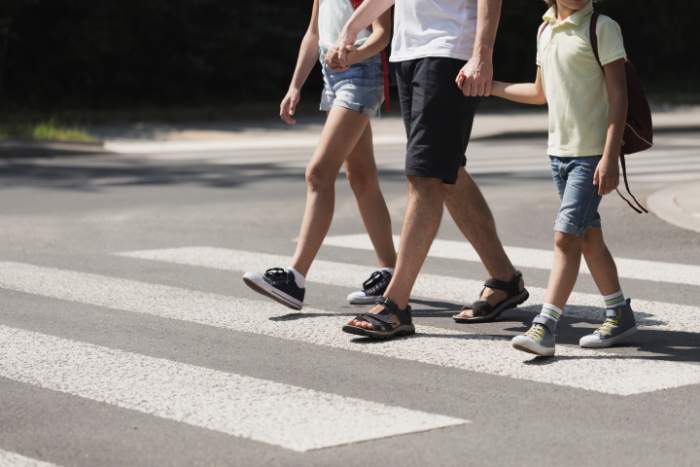
Pedestrian Safety tips if a crossing is not available:
- STOP – Before you cross the road, stop at a safe distance from the kerb.
- LOOK – Look in both directions for approaching vehicles before you cross the road. Continue to look in both directions as you cross, until you've safely reached the kerb. Just because someone else decides to cross, doesn’t mean it’s safe for you.
- LISTEN – For the sounds of approaching traffic.
- THINK – Think about whether it's a safe place to cross.
- Never assume an approaching vehicle can see you or will stop for you. Wait until all vehicles have passed before you consider stepping off the kerb.
- Make sure you can clearly see vehicles coming from both directions, and drivers can also see you.
- CROSS IF SAFE –Remember to always choose a safe place to cross the road:
- Avoid crossing between parked cars, or at the front or back of buses and large vehicles.
- Avoid crossing at the top of a hill or a bend in the road as it's difficult to see approaching traffic and for drivers to see you.
- Only cross if the road is clear of traffic.
For more pedestrian safety information please visit Transport for NSW.
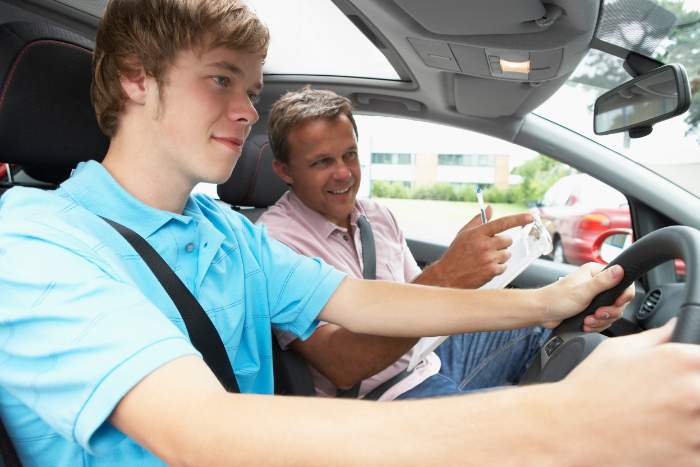
The Graduated Licensing Scheme (GLS) is the process you follow to go from your L plates to your full driver licence. This scheme prepares young drivers to become safe and low risk drivers within the community.
For more information Visit the NSW Government's driver licence website.
Shoalhaven City Council run a Helping Learner Driver Become Safer Drivers Workshop in conjunction with Wollongong City Council.
The workshop covers the following:
- Current driving rules and requirement for L and P platers.
- How learners benefit from supervised on-road driving.
- How you can help male learning to drive a safe and positive experience.
Councils next workshop is the 25th February 2025
Register for this workshop
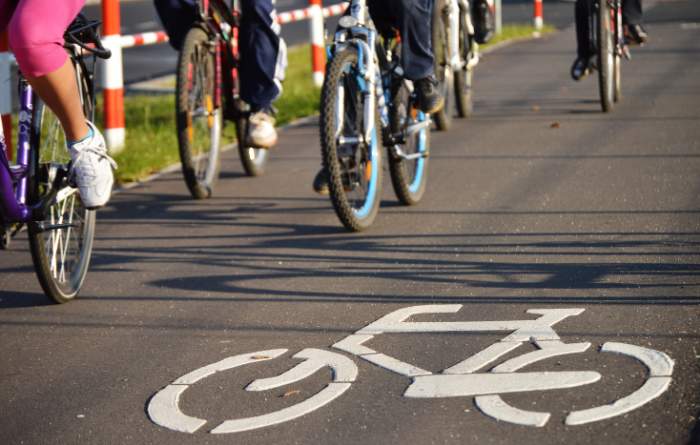
In NSW Bicycle are considered vehicles and must follow the same road rules as other vehicles. Bicycle riders must also adhere to the following rules.
- You can ride side-by-side another bike, but no more than 1.5 metres apart.
- You can overtake on the left of a stopped and slow-moving vehicles.
- You can turn right from the left lane of a roundabout but must give way to any vehicle leaving the roundabout.
- You must keep left of oncoming bicycle riders or pedestrians on a footpath, shared path or separated path.
- If you’re 16 years or older and not supervising a child under 16 years riding a bike, you can’t ride on the footpath.
For more information, rules and tips please visit the Transport for New South Wales safe riding webpage.